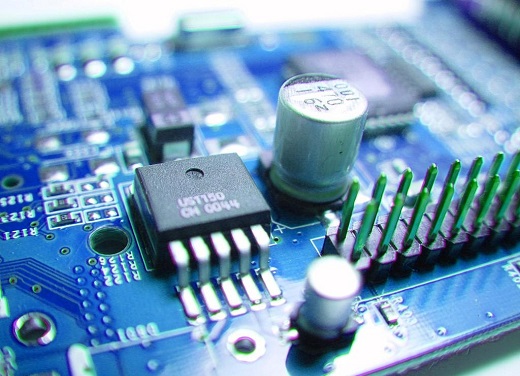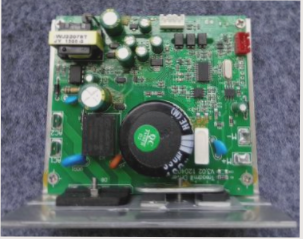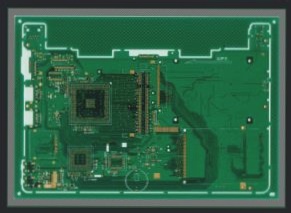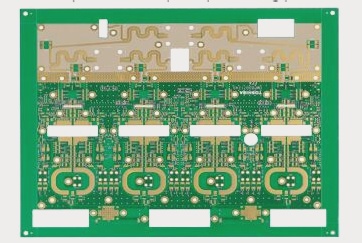FPC Molding Methods and Techniques
In the production of Flexible Printed Circuits (FPCs), molding plays a crucial role in achieving the desired appearance and functionality of the final product. Let’s explore the different methods and techniques used in FPC molding:
Die Punching
Die punching is a common method of FPC molding that utilizes molds to create precise shapes. Steel molds, known for their high precision and durability, are often used in die punching. While they are cost-effective, their weight and installation requirements can be a drawback.

- Steel molds are ideal for FPC punching with a veneer size of 600mm or less.
- Precision molds offer ±0.05mm tolerance, suitable for high-accuracy requirements.
- Medium-moving molds with ±0.10mm tolerance are cost-effective and stable in performance.
- Fast-moving molds, with ±0.2mm tolerance, are suitable for products with low accuracy demands.
Cutting and Forming
For sample production and small batches, cutting and forming techniques like CNC knife cutting and laser molding are employed. Laser cutting, with its high precision and clean edges, has become the preferred method over CNC knife cutting.
Manual Molding
Manual molding, involving scissors, knives, and pens, is used for products that do not require high shape accuracy.
Each molding method has its advantages and drawbacks, catering to different production needs in the FPC industry.




